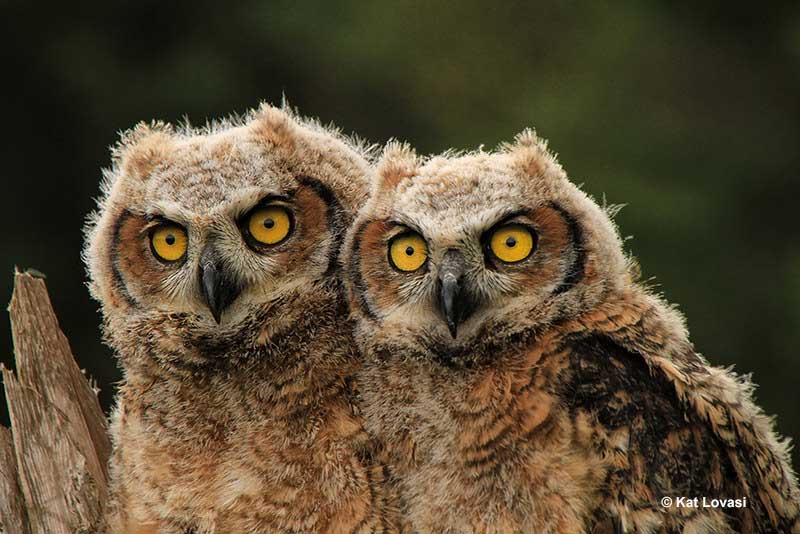
“Let the skies be filled with birds of every kind” is a famous quote from the Book of Creation. Indeed, we are so used to seeing bird flocks flying or perching around us that we take it for granted.
An average person accepts that there are “many birds” around us and rarely wonders about the details. But just how many “kinds,” or bird species, are there? How many individual birds exist? Are their numbers stable or declining?
More pressing figures are those coming from research on endangered or extinct birds. How many species have we lost? How many birds are killed and trapped illegally? What are the factors behind the decline?
Let’s try to answer those tough questions for all of you who want to know more than the average!
On this page
How Many Birds Are There in the World?
There are roughly 11,000 species of birds worldwide, found across all continents, with many still waiting to be discovered.
Discover more: Bird Statistics & Facts
Sadly, at least some of them will be gone before we first find them. Bird populations are facing a global decline due to a number of factors. Most of them have something to do with humans (but more on that later).
A major study from 2019 concluded that North America lost 3 billion birds since the 1970s – a quarter of its total bird population. Ken Rosenberg, an applied conservation scientist at the Cornell Lab of Ornithology, stated, “We saw this tremendous net loss across the entire bird community; by our estimates, it’s a 30% loss in the total number of breeding birds.”
Which Species Have the Highest Numbers?
Unsurprisingly, the bird with the absolutely highest number of individuals is the domestic chicken. In 2020, the global chicken population measured over 33 billion birds. Around 46 percent of these were in Asia. As the human population expands, along with the taste for meat, the number of chickens is sure to increase in the future.
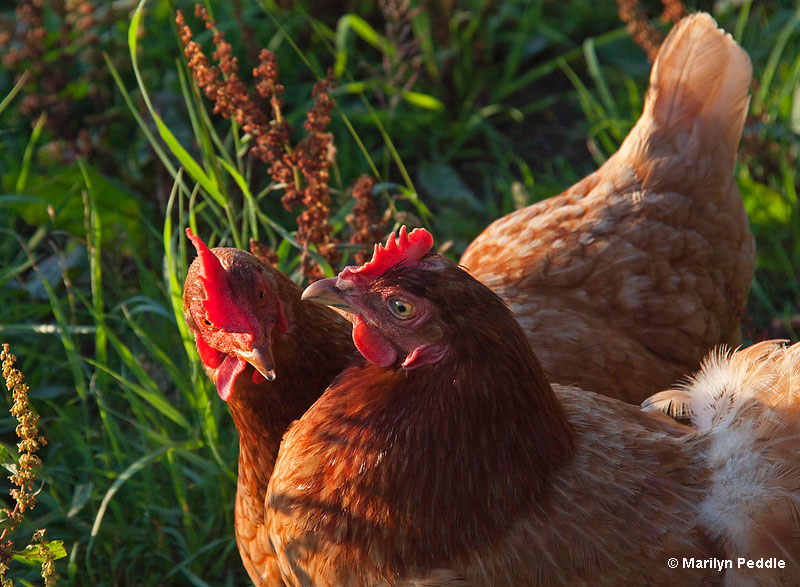
When it comes to the most numerous birds, chickens hold the mantle high.
However, the chicken is a domesticated species that multiplies artificially, so many sources don’t take them into account when calculating the world’s most numerous birds.
What is the Most Numerous Wild Bird?
If we look at the wild birds, the title of the most numerous goes to the Red-Billed Quelea.
The population of this small African bird from the weaver family is 1.5 billion individuals strong. Quelea form huge nesting colonies totaling tens of millions of birds over hundreds of acres. A single tree on the nesting territory can contain hundreds or thousands of meticulously woven, hanging nests.
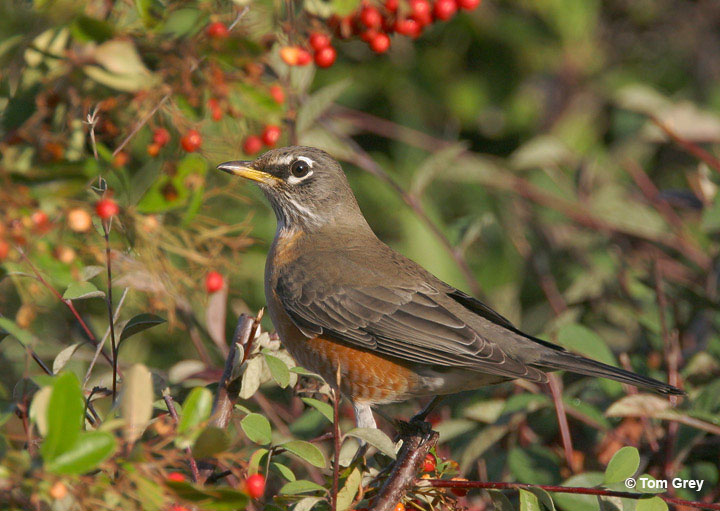
American Robins are the most numerous birds in the U.S.
The secret of Red-Bileld Quelea numbers lies in their affinity for our grains. Cultivated crops like millet have provided an abundant food source and likely allowed their numbers to soar in the last 50 years or so.
When quelea flocks take flight, they can darken the sky! The swirling flight of millions of birds, changing patterns above the vast savannah, are among the continent’s most remarkable natural spectacles.
However, in the United States, the most numerous birds are American Robins. There are estimated to be 370 million of them!
Biggest Dangers to Birds
While these numbers may seem amazing and make it look like bird populations are well off, the larger picture is not so bright.
If the current trends continue, by 2100, up to 14% of all bird species may become extinct.
Additionally, 7-25% of the global bird crew and 28-56% inhabiting oceanic islands could become “functionally extinct,” meaning their numbers may become so low that the species loses its important place in the ecosystem.
Birds face many specific anthropogenic (man-made) threats.
Hunting may be the first one to come to mind, but other destructive factors may surprise you.
Habitat Loss
Habitat loss is a universal threat to wild species, birds included.
As around two-thirds of all bird species live in forests, deforestation is one of the major threats to birds. Each year, 7 million hectares of forests are lost due to harvesting.
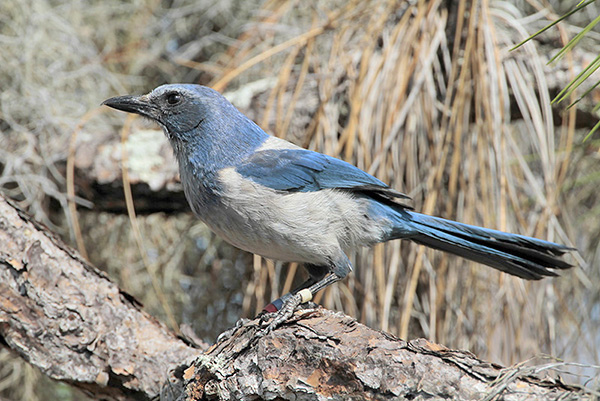
Florida Scrub-Jays are in a vulnerable state due to loss of suitable habitats.
Bird Collisions
Glass collisions are the deadliest human-induced cause of bird deaths worldwide. Audubon Society estimates that up to one billion birds in the United States alone die each year in window collisions; unfortunately, 54-76 percent of window collisions are fatal.
Additionally, 8 to 57 million in the U.S. die from collisions with powerlines.
Wildlife Crime – Illegal Hunting and Trade
Illegal wildlife trade is a growing multibillion-dollar business that globally generates between 7- 23 billion dollars annually. It is one of the top international criminal enterprises, along with drug and gun trafficking. Shockingly, one out of every four bird and mammal species is involved in wildlife trade.
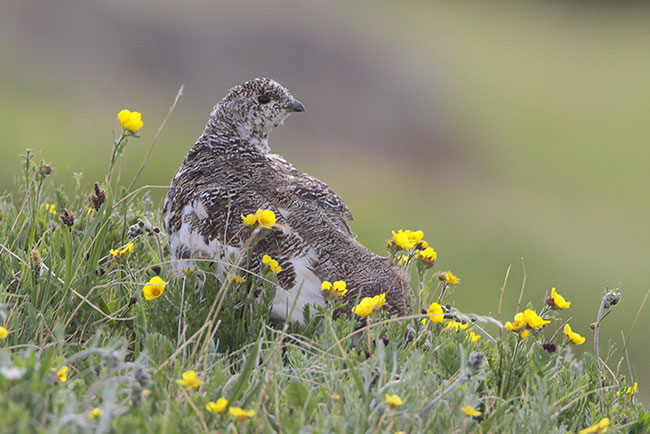
Game birds are often hunted down, this has led to a decrease in populations.
A 2016 study found that 11-36 million birds from at least 375 species are killed or stolen from the wild in the Mediterranean basin every year. The illegal activities peaked during bird migration from Europe to Africa.
Central and South America are bird diversity hotspots but also the critical sources of illegally traded birds, especially parrots. For example, in Mexico, trappers were estimated to capture 65,000–78,500 parrots yearly.
Preying by Cats and Other Invasive Predators
Domestic cats are the second worst human-related mortality cause for wild birds. Free-roaming pets and feral domestic cats kill between 1.3 and 4.0 billion birds (2.4 billion birds on average) yearly in the U.S. alone!
Other invasive predatory species such as rats, foxes, and rats can also wreak havoc on bird populations, especially those on islands and other isolated locations.
Even our backyard animals can pose a threat to birds – squirrels eat bird eggs and are actively trying to attract nests during the breeding season.
Pollution
Pollution from oil, pesticides, and plastic waste all influence the health and survival of birds in direct and indirect ways. Plastic is especially hazardous for seabirds, as they can mistake sea plastic particles for prey and ingest them to a fatal level. Albatross chicks dying of plastic ingestion are a notorious example of plastic pollution-caused bird fatalities. Also, entanglement in discarded fishing nets is common.
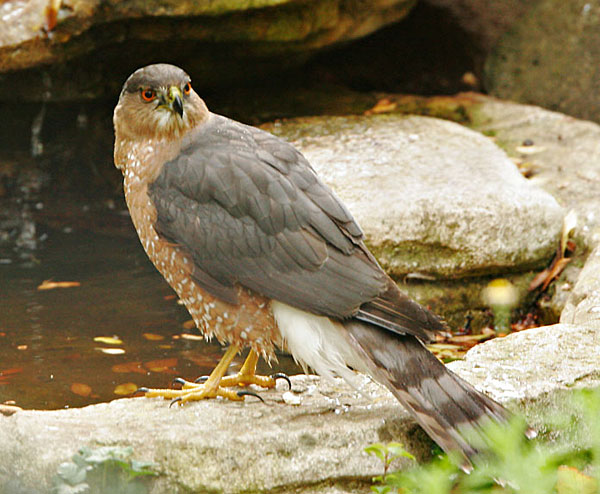
Cooper’s Hawks were heavily affected by DDT poisoning but have since recovered and are common in most parts of their range.
As for pesticides, DDT devasted bird populations in the 20th century. Its wide and indiscriminate use of the insecticide caused massive bird die-offs. Additionally, DDT’s persistence allowed it to accumulate in the food chain, with birds at the top experiencing higher contamination levels. In predatory birds such as raptors, it led to the thinning of eggshells, resulting in massive reproductive failures.
The ban on DDT in the 70s and 80s allowed bird populations to recover, although newer pesticides such as organophosphates and local DDT resurgences remain a concern.
Electrocution
Powerlines are often the tallest points in our cleared and deforested landscapes, and very few of them are safe for birds who naturally want to perch. This is especially true for large birds like raptors and storks. In the U.S. alone, between 0.9 and 11.6 million birds die by electrocution at powerlines, while an additional 8-57 million are killed by physical collisions with the powerlines.
Climate Change and Severe Weather
Natural causes sometimes wreak havoc on bird populations – powerful storms can destroy nesting sites en masse, and air currents can disrupt or even destroy migrating bird flocks. Because climate change acts as an amplifier of various destructive weather events, from mega-hurricanes to cold snaps to droughts, it has a dramatic overall effect on birds.
Food Scarcity
Human activities combined have caused a major decline in prey organisms such as flying insects and spiders, as well as fish and other sea creatures. Because of that, many birds cannot find enough food to reproduce efficiently.
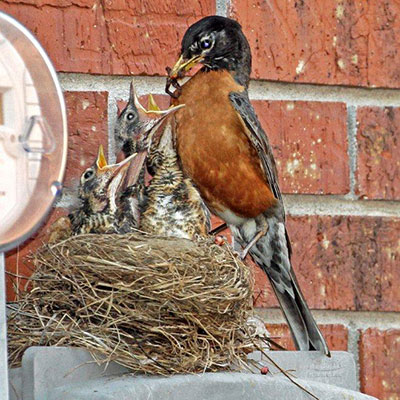
Bird Flu
Avian influenza and other bird-specific illnesses can cause die-offs and substantially impact local bird populations.
Interesting Facts
Besides overall numbers, the avian world is full of other cool metrics and facts.
- The Bee Hummingbird is the smallest bird in the world; it measures around 2.4 inches (6 cm) in length and weighs less than 2 grams.
- The Arctic Tern has the longest migration route of any bird, traveling up to 44,000 miles round trip between the Arctic and Antarctic.
- The Emperor Penguin holds the record for the deepest and longest underwater dive by a bird. They can dive to depths of over 1,500 feet (450 m) and stay submerged for up to 22 minutes.
- The Lyrebird of Australia is the mimicry artist of the avian bunch, being able to reproduce dozens of natural and artificial sounds, including but not limited to camera shutters, chainsaws, car alarms, flutes, and crying babies. Atop of mimicry, they have their own courtship melodies.
- The ostrich can be proud of the biggest bird’s egg on record, weighing over 5 pounds (2.3 kg) and equivalent to 24 chicken eggs.
- While many small songbirds may live only a few years, birds like parrots and some albatrosses can live for several decades. The oldest known banded bird, a Laysan Albatross called Wisdom, was still reproducing at the age of at least 70.
- Rachel Carson’s 1962 book “Silent Spring” highlighted the misuse of DDT and pesticides and its dramatic effect on the bird population. It has sparked the entire modern environmental movement.
Frequently Asked Questions
Which country has the most birds?
Colombia is home to a whopping 1,884 bird species. That accounts for 16.9% of all bird species in the world, according to BirdLife International’s 2020 bird checklist and the Guinness Book of World Records.
Peru, with 1,861 species, and Brazil, with 1,817, follow behind closely.
When we look at these figures, it becomes clear why South America is often called “the Bird Continent.” It is home to 3,445 bird species – almost a third of all avian species worldwide.
How many birds have gone extinct in the last 50 years?
There are no estimates on how many bird species we lost in the last 50 years. Species can be declared “Possibly Extinct” and cease actually to exist for decades before they’re finally declared extinct. That is why it is difficult to assess how many are gone precisely within a certain time frame.
Related: Can we help endangered birds?
Instead, we can try to figure out how many bird species have gone extinct in general. IUCN’s summary from 2021 states that 159 bird species are now declared extinct, five are considered extinct in The Wild, and 22 are ‘Critically Endangered (Possibly Extinct).’
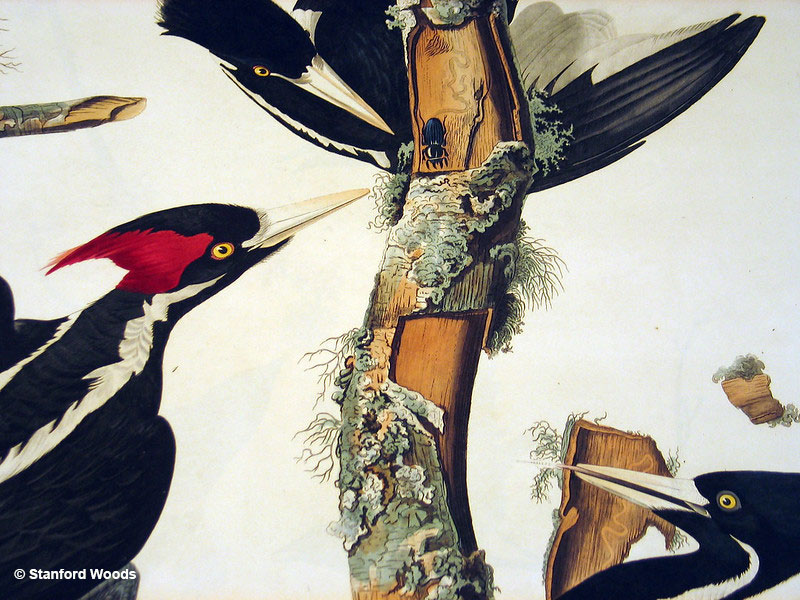
Ivory-billed Woodpeckers are considered to be extinct, but there are still some people hoping for a miracle.
How many birds are in the world compared to humans?
Calculating the total number of birds takes a lot of work, and it isn’t easy to get it precisely right. Rough recent estimates say the Earth holds between 50 and 430 billion bird individuals.
When we compare that to nearly 8 billion humans, it means there are between 6 and 54 birds per person in the world.
Although birds outnumber us, we have a disproportionately stronger influence on their populations. Thus, they have been in decline at least since the 1500s.
How many birds have been killed by humans?
It is difficult to calculate the exact number of birds killed by humans. However, it’s beyond doubt that human activities have significantly impacted bird populations around the world. Since the 16th century, between 160 and 500 bird species have gone extinct, and individual numbers have decreased by 20-25 percent.
When thinking about the negative human influence, direct killing – activities like hunting and poaching – often comes to mind. However, humans kill even more birds indirectly. Destroying bird habitats, creating tall buildings and powerlines with no measures against bird collisions, increasing the population of domestic cats, and exacerbating climate change all influence bird populations.
Due to all these factors combined, the U.S. alone lost over 3 billion birds over the last 50 years.
Various measures have been taken to reduce this impact. These include conservation programs, habitat restoration, implementation of protective laws, and public awareness campaigns.
What is the rarest bird in the world?
The opinions on the rarest bird in the world vary and tend to change with new data. However, Stresemann’s bristlefront is definitely one of the Earth’s rarest birds.
The Stresemann’s bristlefront is listed as Critically Endangered by IUCN, with an estimation that there are fewer than 50 mature individuals left. The species is known from only three sightings, as well as a few photos and recordings. Its range is just 14 square miles, and the tiny habitat is being destroyed rapidly. Scientists estimate that the species faces a grim future with little hope for survival.
Other “rarest” species of birds include the Fatu Hiva Monarch (33 individuals), the Chinese Crested Tern (30-49 individuals), and the Kakapo parrot (116 individuals).
